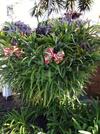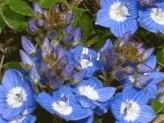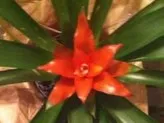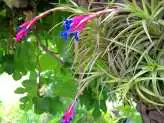Not as Needy as you Might Think
These ancient plants haven’t survived for millennia by being fussy and hard to please. The picture that everyone has is of delicate traceries of foliage, deep in damp and humid jungles.
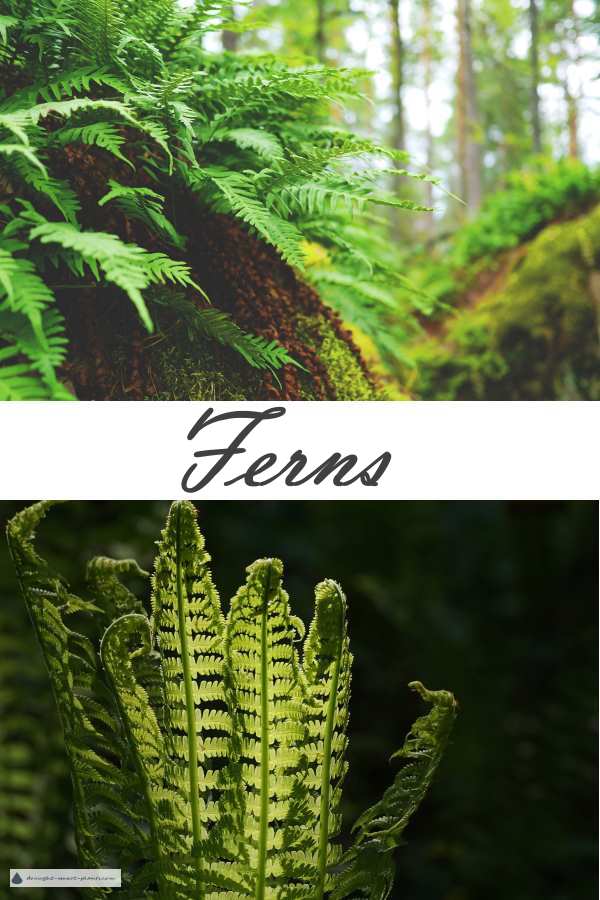
You might be surprised to find out that these interesting plants have some strategies to survive in some not so hospitable places, like on the granite cliffs and outcroppings of some of the islands in the San Juan and Georgia Strait in British Columbia and Washington state.
They thrive in the little bit of moisture along with the other kinds of plants commonly seen with ferns; moss.
On the outcroppings they will sink their roots into tiny crevices, both to firmly hold themselves in place, and to also glean the water that seeps into them.
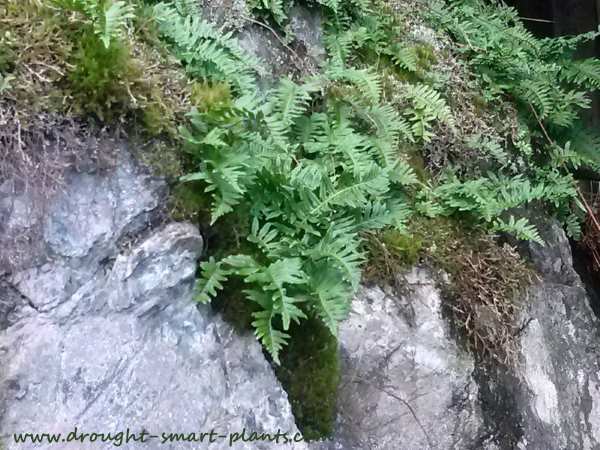
Some ferns are incredibly hardy too; the Ostrich Ferns seen in garden centers in the spring, sometimes as just a clod of dirt which magically erupts into the fronds known as fiddle heads are actually found growing wild in northern British Columbia and wildcrafted.
They tend to be shipped only in early spring in burlap sacks, and sold that way to gardeners.
Ferns have been cultivated for centuries in Wardian Cases and terrariums.
Many new world species were brought back on long ocean voyages, completely shut off from any hint of salt air, which would kill them. Some of these are known as Table Ferns, and grow as houseplants in low light environments.
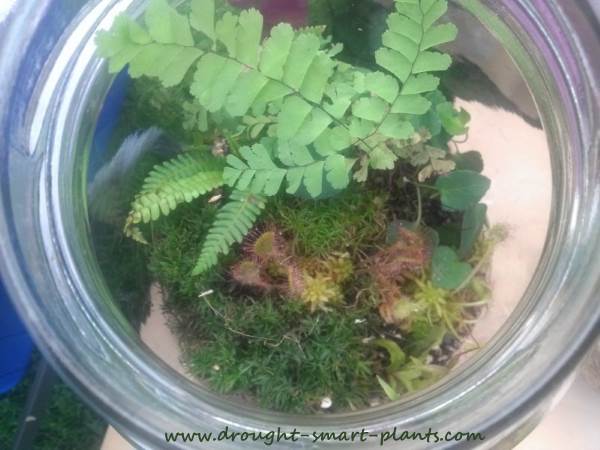
Ferns range in size from a few inches tall, to several feet across. The staghorn ferns grow on a piece of bark, receiving moisture from the air to grow to an astonishing breadth.
Some ferns grow on the trunks or horizontal branches of large forest trees. These epiphytic ferns live a long time, even after the tree falls to the ground. There, they continue to colonize the newly created soil and form extensive groups of many many plants – some are saphrophytes, like bracken, growing from the dead wood of long buried trees.
See other ferns and their uses here;
Click below to see contributions from other visitors to this page…
Please help me identify this plant ?
Green with branches like a spider plant but at the end of each leaves they branch out into three. These interesting plants are not a succulent; in …
Large fern plant!
My wife, Martha, got a clipping decades ago from her Mom. After much nurturing and feeding of bananas the plant now weighs 400 pounds. We built a special …
What is this?
This plant I was told that it was a birds nest


